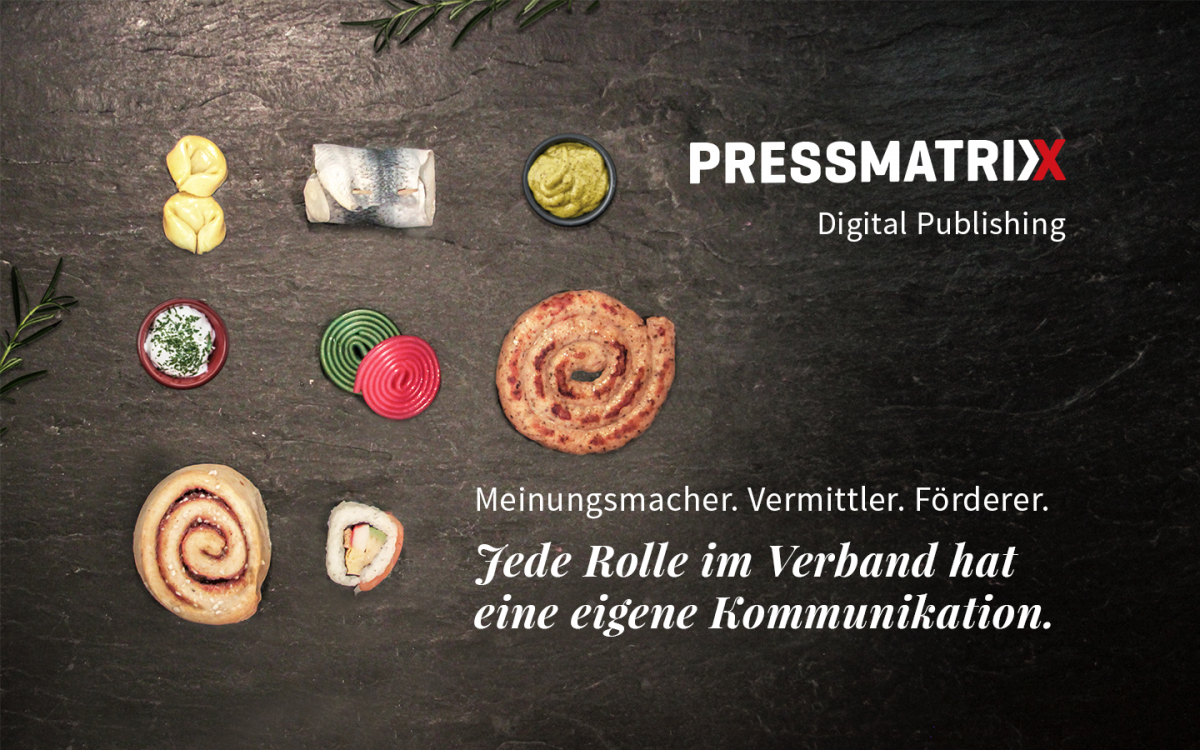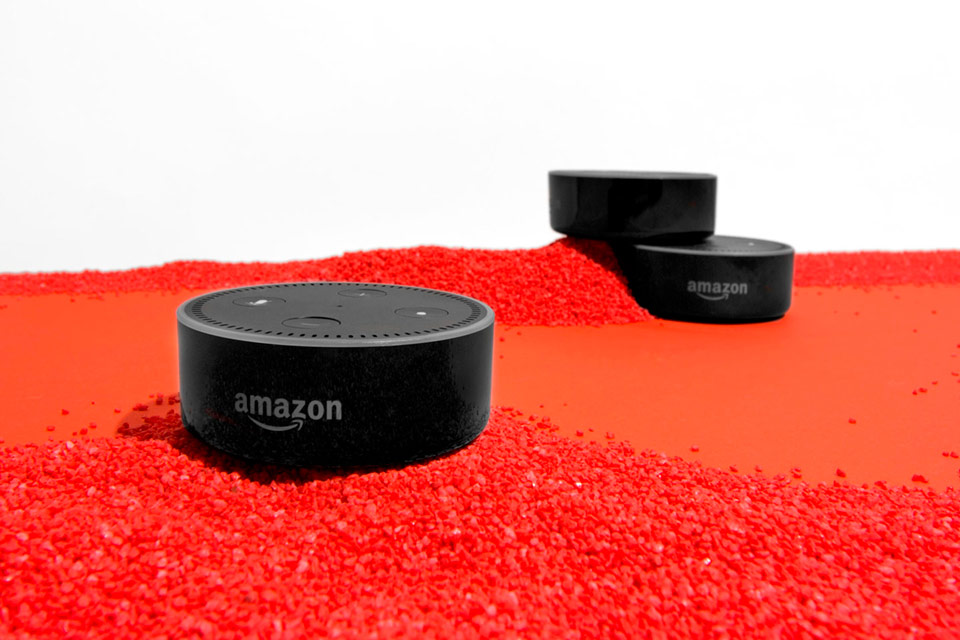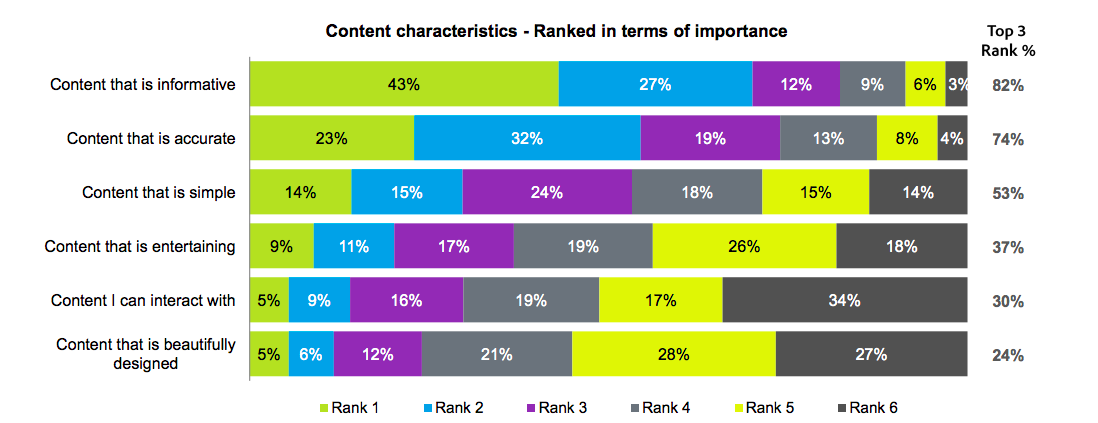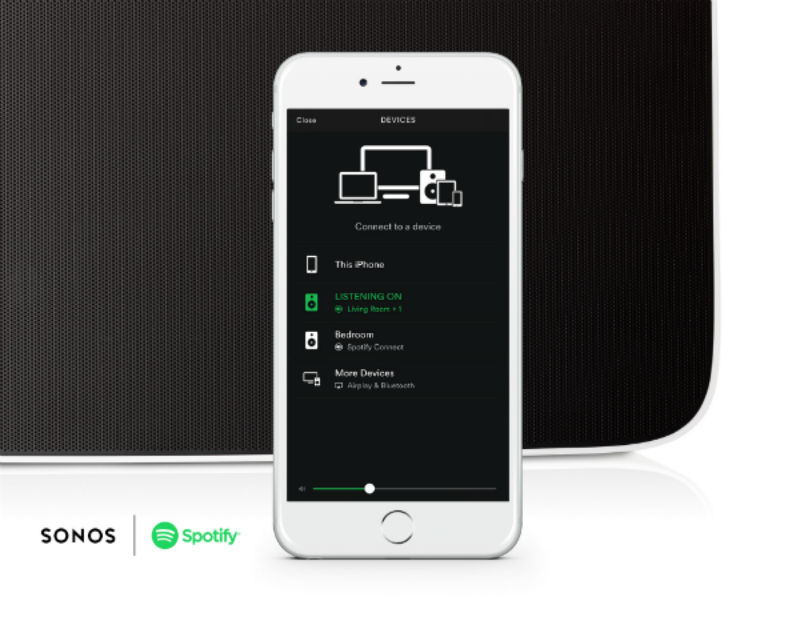The audio trend and what it means for us.
It’s always interesting what stays with you after a journey. It’s been almost fours weeks now since the DMEXCO. I took away a lot of impressions. Some of them are fading, others are still very much present. What impressed me personally – and still does – is how strongly the trend towards audio is reflected in concrete products . Voice SEO, podcasts, voice assistants – such were the ubiquitous trends running through the trade fair halls.
In recent days too I can’t help noticing a crop of new studies that have sprung up on the topic. Splendid Research, for instance, have tracked the trend towards greater use of podcasts and discovered in its studyTrend Medium Podcast that 31 percent of Germans now regularly source on-demand content via podcast providers. The preference is for listening to the podcasts at home while engaging in other activities or tasks (48 percent).
Voice assistant accepted
A study by digital knowledge management platform provider Yext shows that the use of digital voice assistants continues to grow across the generations. 28 percent of Germans regularly use Alexa, Siri and Co. , to obtain information. 44 percent of 18-34 year olds use them frequently or at least occasionally to look for companies, directions, products or similar information; for 35-54 year olds it’s 26 percent and for the 55+ age group, 19 percent.
In his Conversational Commerce study, Capgemini explores why consumers use voice assistants. The consulting firm even ventures a prediction that in three years time consumers will prefer to shop via voice assistants (increasing from today’s 21 percent to 40 percent) than via a mobile website or going to the shop in person. Information on the weather, recipes, etc. are already being searched by 82% of users via voice assistant, while 62% are streaming music and videos. But purchasing? That’s where the fun stops for most – so the 40 percent forecast in the next three years seems extraordinarily high.
We know that the competitive pressure is always particularly high in the retail trade. Innovations and technical developments frequently show up here first before moving into other areas. Going by the current trends, it is safe to assume that voice assistants will be increasingly adopted in other sectors too, including digital publishing.
For some time now, we at PressMatrix have been experimenting with voice assistant systems and testing how text-based content can be played back in audio form and how the listeners respond. Specifically, we wanted to find out if readers had any interest in listening to the content they otherwise know from the magazines. And we wanted to know if our customers were interested in offering their content in audio format. That was the motivation for our AudioXperiment.
Through an app which we developed, we provided content from various publishers and magazines for a limited period of time in audio form. We also wanted to know if the content had to be read by a person or whether computer voices or even voices from voice assistants would be accepted. In addition to human speakers, we also tested Amazon’s Polly and Amazon’s Alexa..
What did we learn?
The quality of the voice is important to listeners, but the acceptance of computer voices is on the increase. We ourselves were surprised at how well Polly read our customers’ texts. Although some listeners found the voice disturbing, they still managed to follow the content and would recommend the app. Although Polly did not do well in a direct comparison with Alexa, we know that computer voices are constantly being developed and improved. So perhaps she’ll learn quickly and convince us in the near future.
It was very apparent that an intelligible pronunciation and a normal emphasis is crucial for listening to content read by voice assistants or computer voices. The results of the AudioXperiment will guide our future work and we are currently in the process of incorporating the findings into our product development. I’ll keep you updated. You’ll be hearing from me…
About Serdal Kutun
Serdal Kutun is Head of Sales at PressMatrix. With over five years experience in the digital publishing industry, he is well acquainted with the challenges facing publishers and corporate publishers. An industrial engineer, he has a keen sense of trends and market growth and a focus on how these can be applied to the complex world of publishing.
Read more about future publishing trends in our What’s next blog.













